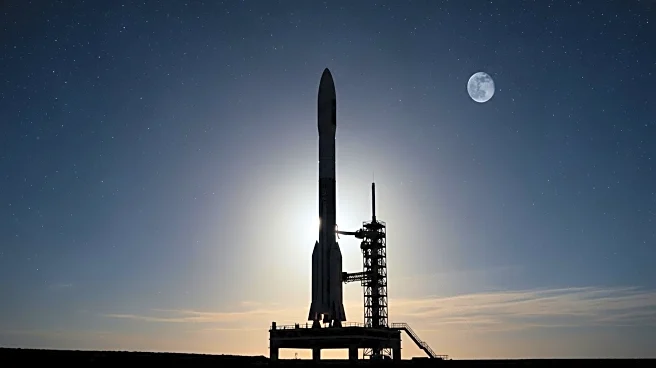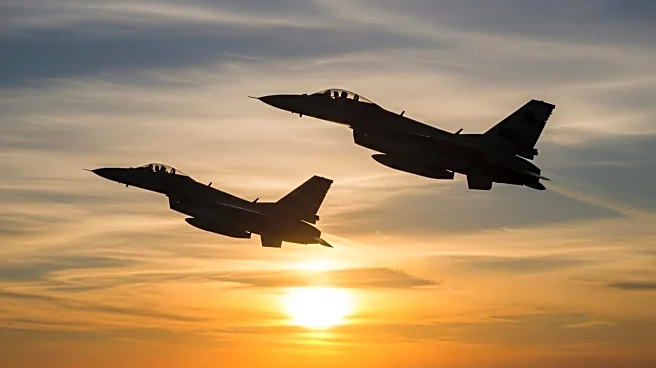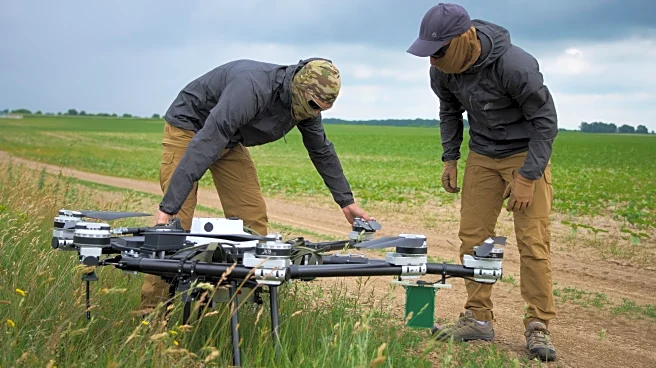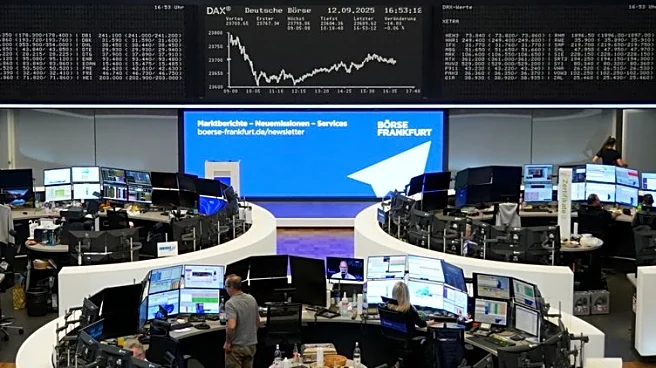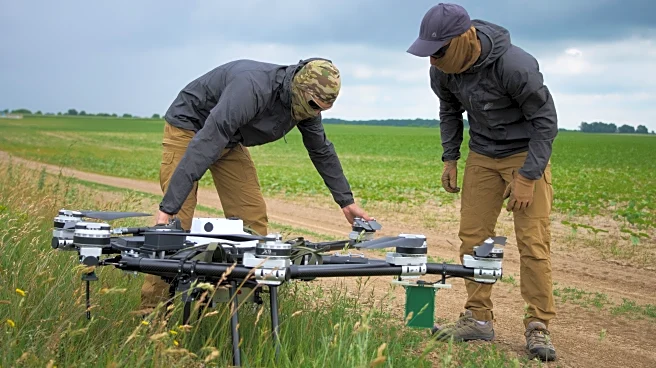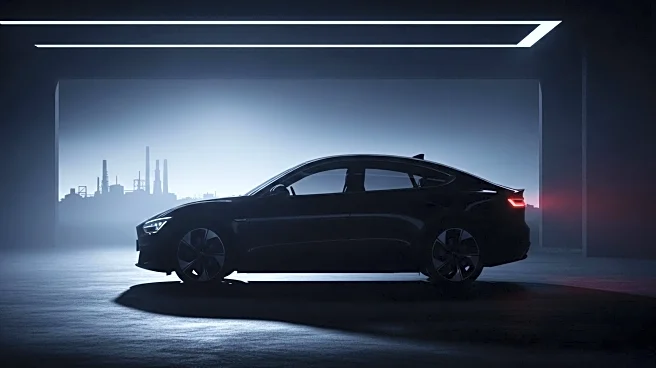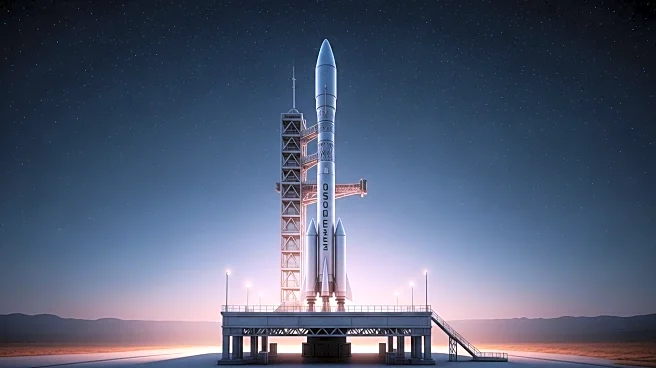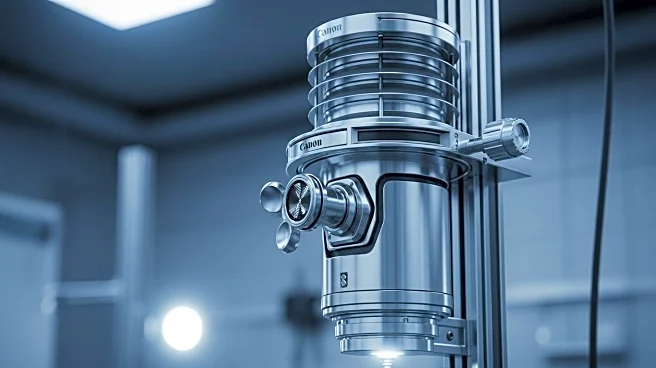What is the story about?
What's Happening?
Isar Aerospace is preparing for a second launch of its Spectrum rocket following an investigation into the failure of its first launch on March 30. The initial launch from Andøya Spaceport in Norway was terminated shortly after liftoff due to a loss of attitude control, which caused the rocket to deviate from its safety zone. The company identified the issue as a failure to properly model the vehicle's bending modes at liftoff. Additionally, an open vent valve allowed cryogenic vapors to escape, which could have caused further issues had the flight continued. Isar Aerospace has since revised its vehicle modeling and plans to use flight software to manage the vent valve. The company aims to conduct a second launch by the end of the year or early next year, carrying several cubesats as part of the European Space Agency's 'Boost!' program.
Why It's Important?
The successful launch of the Spectrum rocket is crucial for Isar Aerospace as it seeks to establish itself in the competitive European space launch market. The company's ability to address and rectify the issues from the first launch demonstrates its commitment to safety and reliability, which are essential for gaining trust from clients and regulatory bodies. The demand for launch services is growing, particularly in Europe, driven by defense and commercial needs. Isar Aerospace's plans to increase its launch cadence to six to eight launches per year by 2028 reflect the strong market interest. Successfully reaching orbit with the Spectrum rocket would position Isar as a key player in the European space industry, potentially leading to increased business opportunities and partnerships.
What's Next?
Isar Aerospace is working towards obtaining a launch license from Norwegian regulators for its second Spectrum launch. The company is also preparing the first stage of the vehicle for pre-launch tests at Andøya, while the second stage is being assembled in Germany. If successful, the second launch will qualify the Spectrum rocket for operational missions, allowing Isar to fulfill its growing order book. The company plans to gradually increase its production and launch capabilities, with long-term goals of producing 30 to 40 vehicles annually. Isar also intends to utilize additional launch sites, including a shared pad at the European spaceport in Kourou, French Guiana, to accommodate more launches.
AI Generated Content
Do you find this article useful?
